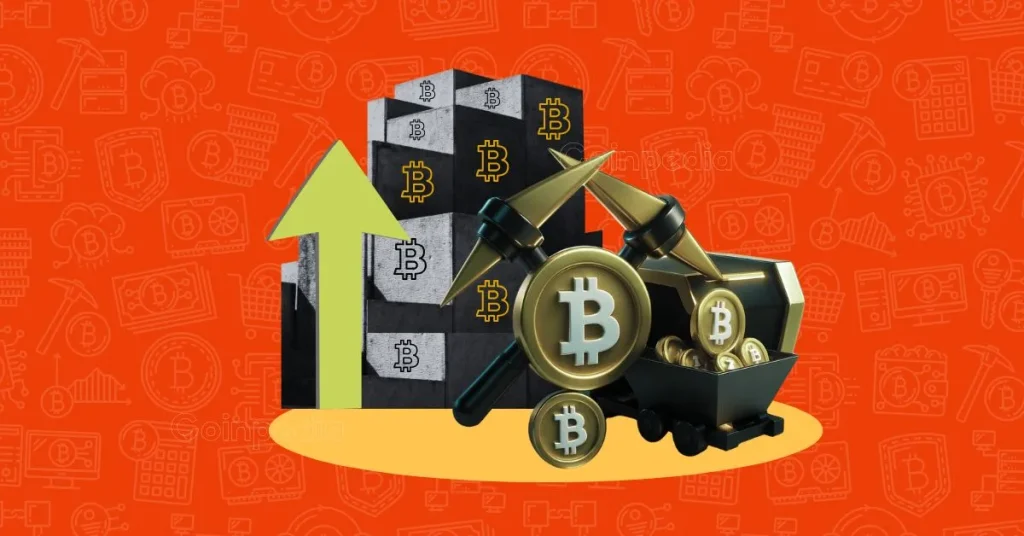How should we view the strategic transformation of Ping and Payai?
Author: haotian
Regarding $PING and $PAYAI, the most frequently asked question these past two days is: what are these two doing if they're not pumping the price? One, MEME, is making a big fuss about launching a launchpad, while the other, a utility token, is planning a migration and pool change, as if they're abandoning the market. There's definitely a lot of uncertainty surrounding them.
To be honest, given the current environment, I have absolutely no idea what to expect. Let me share some observations that I can understand:
1) It's perfectly normal for both of them to do this, and in a better market environment, it would definitely be a positive development. The biggest problem with MEME is that it lacks continuous empowerment and relies entirely on consensus and sentiment. Facilitator, on the other hand, is a technically practical project with a low ceiling and low technical threshold. This results in neither project having "confidence" to support them at this stage.
The recent moves by Ping and Payai are actually aimed at addressing their respective weaknesses:
PING attempts to leverage Launchpad to strip away its pure MEME attributes while simultaneously adding a positive flywheel, while PAYAI expands from its original tool-like nature to an infrastructure protocol layer through token migration. Both are upgrades that open up new possibilities.
2) Since the expected pie has not been fully delivered yet, we can only talk about logic.
PING's move to launchpad isn't surprising, because in a bear market, the lack of sentiment and consensus to sustain prices means the narrative it ignited for the x402 sector is likely to be extinguished due to its overly meme-like nature. Conversely, the characteristics of a launchpad platform coin are quite different. It can leverage projects launched by the platform—one, two, three—through continuous trial and error, until it encounters a good liquidity node, achieving a rags-to-riches story and transformation. From this perspective, this strategic upgrade is incredibly wise.
PAYAI's token migration is more likely to arouse suspicion and misunderstanding. I've heard many claims that the project team lacks tokens and is using the migration to control the situation. But if it's just a conspiracy, wouldn't a FUD (Fact-Understanding, Uncertainty, and Debt) approach be more effective? Therefore, I'm actually inclined to believe that the project team is indeed considering the limitations of the Facilitator tool and is trying to upgrade it to a protocol layer to continuously empower the token, including staking mechanisms, reward systems, ecosystem incentives, CEX locking, etc. So, from a long-term perspective, this decision isn't bad.
3) As for why the market doesn't understand, it's the same old story: most people are entering the x402 sector with the mindset of speculating on MEME, and they all have the mentality of making a quick buck and leaving with MEME. However, the growth and transformation logic of the x402 sector is completely beyond the capacity of MEME, and it is impossible to see immediate results in the short term.
PING's launchpad is just the beginning of the x402 track's asset issuance narrative. It may be very successful, or it may be terrible, but more launchpads are still in the works. Look at the signals revealed by the ideas in the c402 Market; the new round of launchpads is not as simple as issuing useless tokens. Practical business scenarios such as GameFi and SocialFi can be applied to issue tokens, which is a huge improvement over pure chat.
Payai's upgrade of the protocol service layer is even more subtle. I've heard that this team has a very technical and engineering-oriented mindset, but I think it's a good thing that such a team is appearing in a bear market. It gives them enough time to prove themselves, and Facilitator happens to be a niche market with both significant potential for value capture and commercial expansion. The new positioning is precisely the team's way of continuously empowering Facilitator, ultimately changing Facilitator's niche and value capture capabilities relative to x402.
You May Also Like

Top Altcoins To Hold Before 2026 For Maximum ROI – One Is Under $1!

Crypto prices today (Nov. 6): BTC, ETH, BNB, XRP post gains amid market rebound
